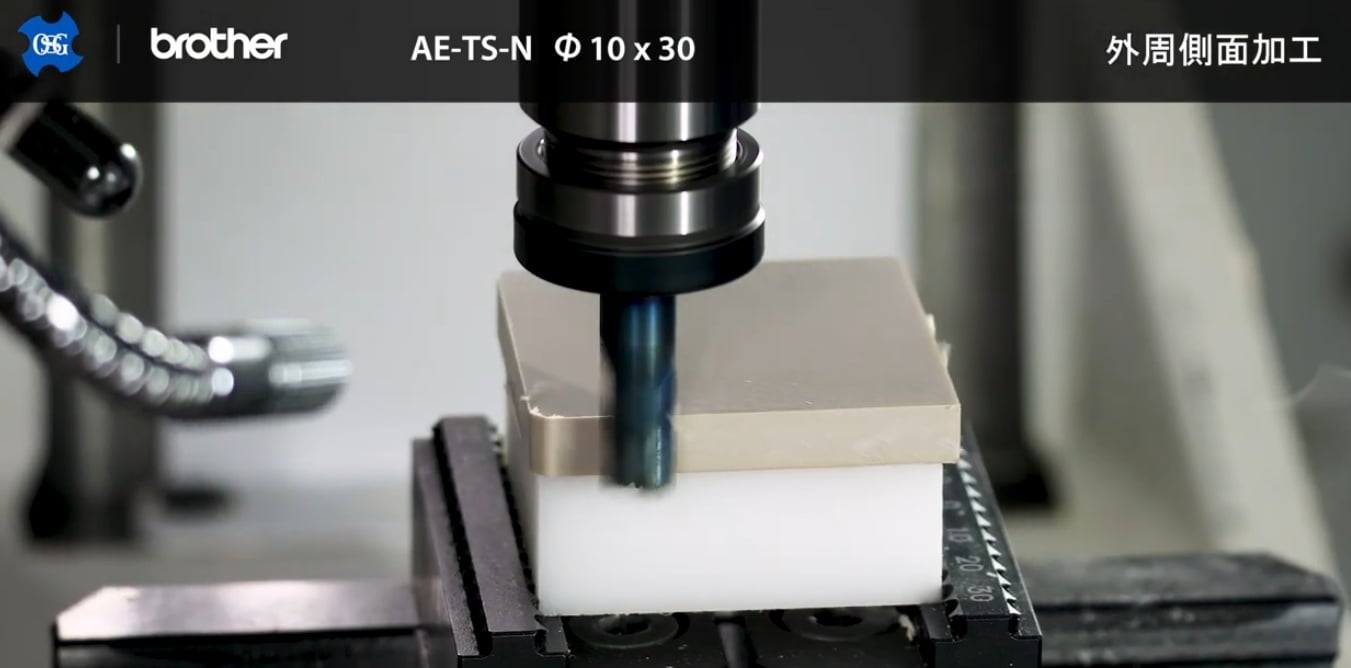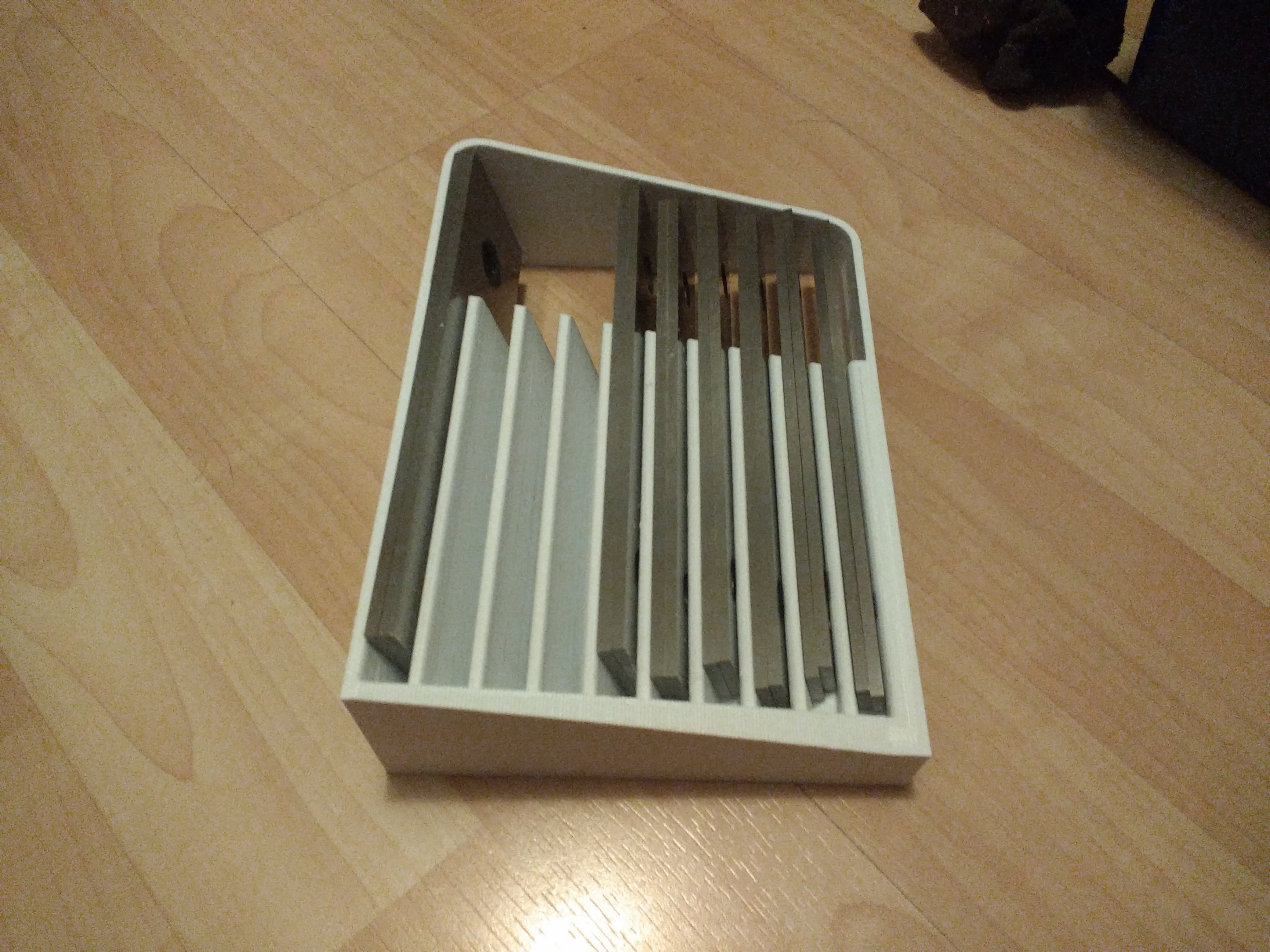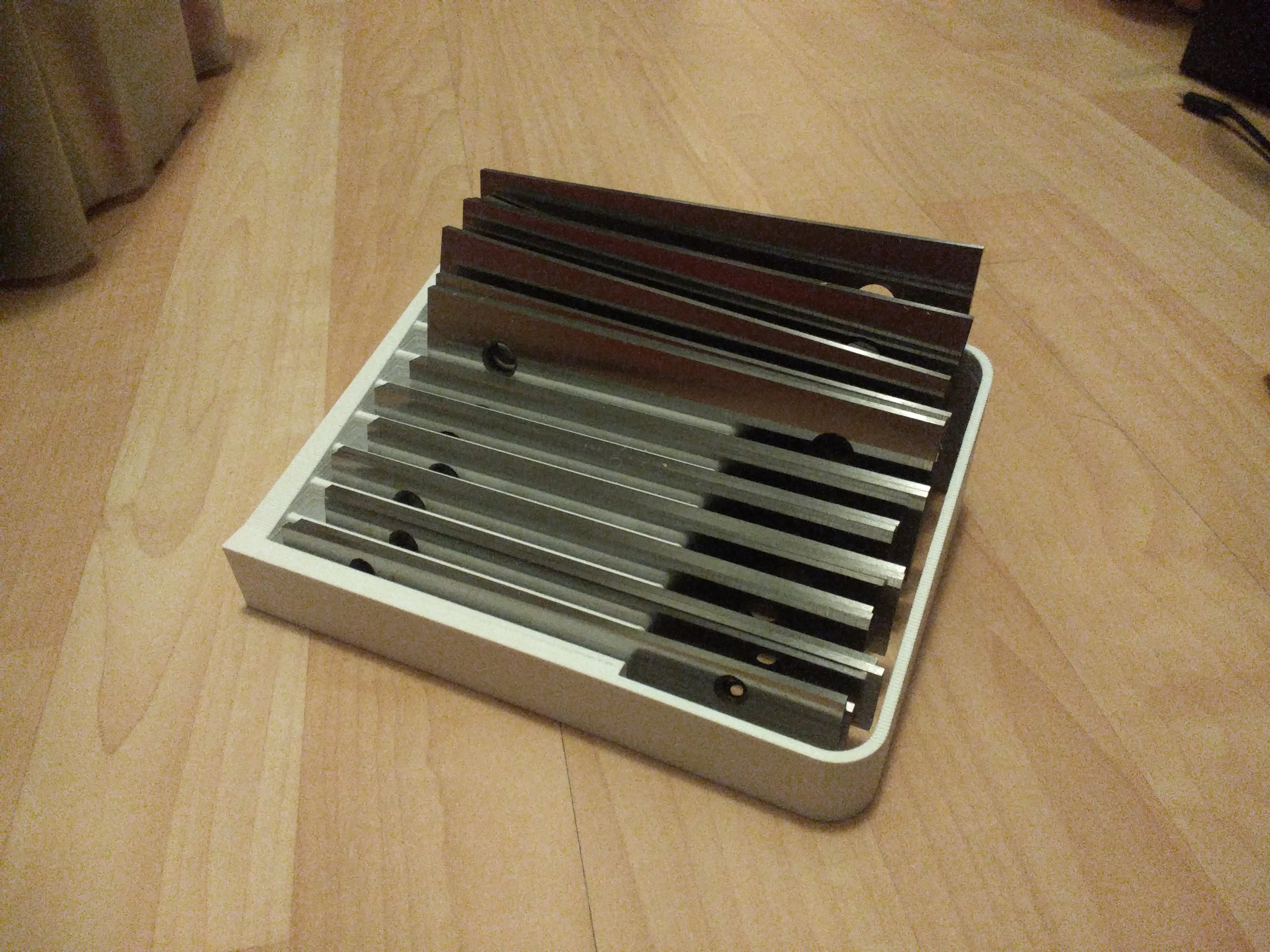I've owned the DT 1990 Pro for a couple years now and it's absolutely the best set of headphones I've ever used. But fairly recently the creaking issues that many other users reported have crept up to me.
https://imgur.com/Tvxdfqa
https://imgur.com/X9aIbz8
https://www.head-fi.org/threads/beyerdynamic-dt-1990-pro-beyers-open-back-mastering-headphone.814629/page-93#post-13962732
Basically anytime I moved my head around I would hear what sounded like a piece of plastic being rubbed against another piece and causing creaking noises. I tried to tolerate it but alas it was too much.
The Problem
The molded plastic of the earcup and the plastic frame of the driver are sitting in a way to cause minute rocking when the headband flexes the earcup from head movement. Imagine the outer plastic as an ellipse and the driver as a circle within the ellipse. The circular driver will be free to rock within the ellipse shape of the outer plastic. Even if the driver finds a point to settle, flex introduced into the cans via headband will cause distortion which forces displacement of the drivers causing creaking.
Although, perhaps the driver isn't meant to be 'over-constrained'... To explain further, the retaining ring clips on to the earcup and compresses the foam pad and driver which also has a soft pliable material glued to rest against 3 prongs on the ear cup. This technically prevents the driver from flying about in the earcup. Where it gets over-constrained is from the frame of the driver making many many point/area contact around the earcup. Thus causing a binding condition to occur.
Solution
One purported solution was to loosen the two T6 flat head screws that hold the earcup. This reduces the amount of earcup flex caused by the headband which does reduce the amount of creaking but will not eliminate it all together.
The solution then is to restrain the driver within the earcup in a way it wont creak.
You'll need to take it apart to access the driver.
Dissembly
-
Remove the earpads, plenty of videos on how to do this but all it only takes a light pull to remove it. random 3min YT video
-
Unclip the retainer. I found it easiest to wedge a flat head down into the smallest of the 4 tabs. Small push no prying. See image. https://imgur.com/20dG9Ma Once one came out the rest came out easily.
-
Now you'll have access to the driver. Mind the location of the key and push down around the driver. It didn't take much force to cause the creaking. See image https://imgur.com/Qb4V1lJ
On my particular headphone I noticed an up-down creak (relative to the picture).
-
To remove the driver, place your hand over the driver in preparation to catch it then flip the earcup over. It should just drop out. A couple taps was necessary for me.
-
Shim one side where the creaking was the worst. I chose to use a piece of teflon tape, it's thin and I suppose the reduced friction helps? The plastic frame of the driver is fairly skinny so I cut the tape in half.
This is where you might have to take it differently since your earcup/driver dimensions&form(shape) will be different. I did consider taking a file to it and shaving off a bit around the perimeter so the driver isn't over-constrained but I didn't want to go that route unless necessary.
- Put it all back together.
Conclusion
It was fun looking for a solution. Root cause analysis is something I attempt do all the time as an R&D machinist.
It's a huge relief to not have to put these headphones away either. Since these are the most priciest set I have.
Let me know if this worked out for you.




Here's the issue I have with your position... AI is such a generic term it's difficult to have a fulfilling conversation using it but in my field a form of AI like machine learning is going to eliminate an entire sector of manufacturing... Boutique precision machined components have been thought as an impenetrable wall against AI but it's basically the same lackluster defense used not long ago about Generative images couldn't produce hands properly... It's not a matter of if but when.
Imo, the catastrophe happens when a successful AI scales. Or perhaps rather how suddenly a successful AI model will bury the existing system into irrelevancy. Boeing and most aerospace manufacturers have a machinist union but none of that will protect against a future where people are no longer necessary.
I don't think it's wrong to have AI eliminate jobs but it shouldn't come without warning. I think it's rather forward looking to be monitoring ongoing AI projects and establish contingencies for folks who will become displaced by it's rapid spread.